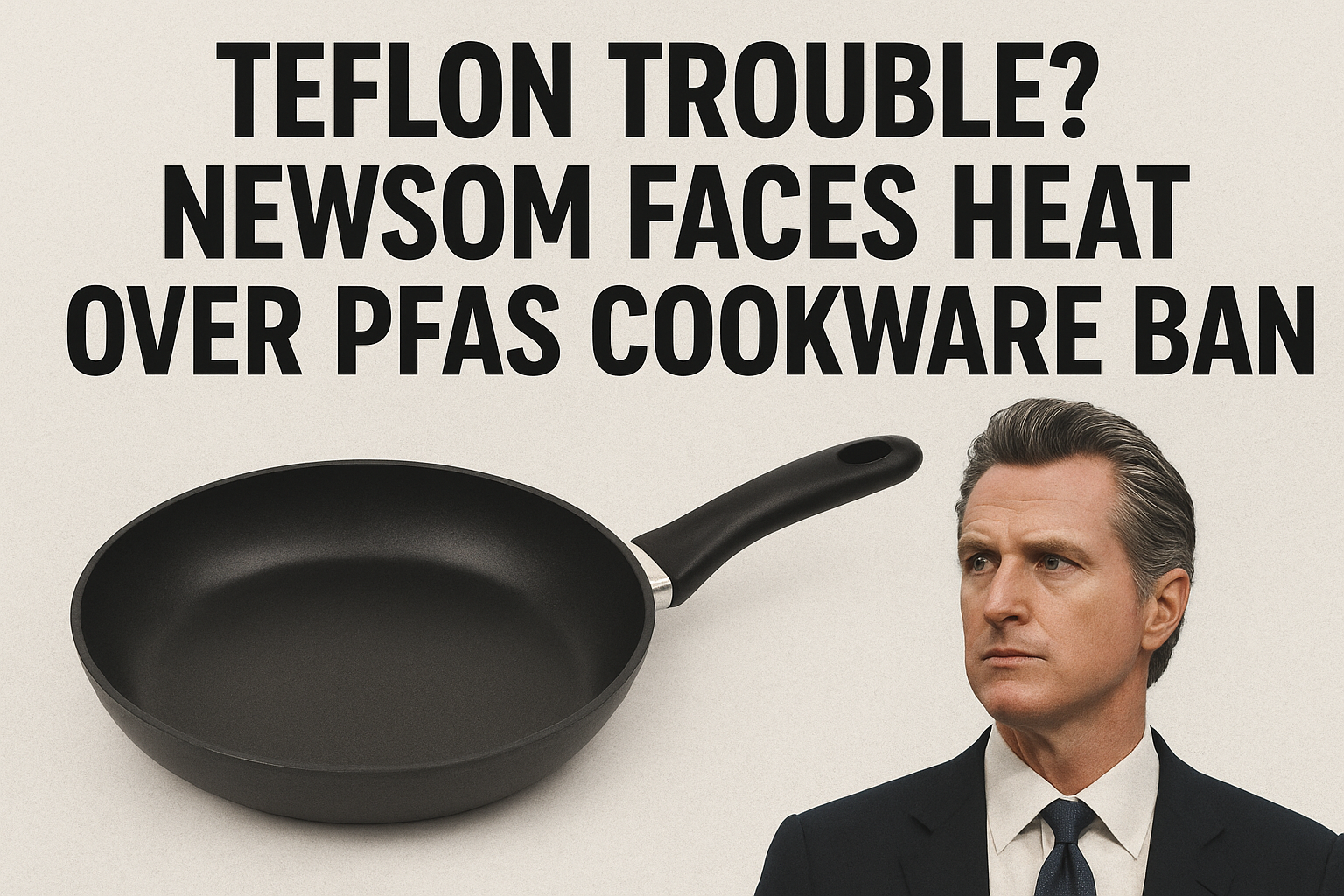In California, a civic uprising to defend the heart of the home
Amid a politically charged atmosphere full of division, an unexpected mobilization is sweeping California: families, influencers, and public figures are rising up to defend a shared American space – the kitchen. A place of transmission, hospitality, and freedom, the kitchen has become a symbol in the national fight over bill SB 682.
An unprecedented movement is emerging in the United States, concentrated in California as the governor prepares to decide the fate of SB 682. The bill, which could restrict, or even remove, certain kitchen utensils deemed “polluting,” has provoked a rare outcry. Dozens, then hundreds, of influencers, public figures, and civic leaders have spoken out on social media, emphasizing a simple truth: the kitchen is not merely a functional room, it is the beating heart of the American home.
The movement stretches far beyond partisan divides. In a fractured country where every reform turns into an ideological battleground, the kitchen has reappeared as a universal space of freedom, where people, regardless of background, skin color, or community, freely choose their skillet, their pot, and their cooking method. Cooking means passing on traditions, creating, nourishing loved ones, and asserting identity. Attacking that space is perceived as an intrusion into the intimate life of Americans.
A bipartisan mobilization, from MAGA to Democrats
Videos proliferate on TikTok, Instagram, and YouTube. A Latina mother vows she will “never let the state dictate how to feed her children.” An African-American chef calls the kitchen “a sanctuary of freedom, the one place where we remain masters of our choices.” Athletes, artists, and local leaders from across the political spectrum are joining the movement. This is not a partisan revolt, and not simply a MAGA slogan, but an ecumenical, cross-party mobilization that reaches beyond the usual labels.
The symbol is powerful: at a time when America often seems to be ripping itself apart, the kitchen brings people together. It reminds us that prosperity is measured not only by GDP growth but also by the warmth of the home and the table where people gather. Democrats emphasize a doctrine of abundance and progress that calls for investment to improve life; Republicans stress that defending home and family is central to their values. For once, these narratives converge.
This convergence echoes American political history. Ronald Reagan, former California governor and president, warned that “freedom is never more than one generation away from extinction. We do not pass it to our children in the bloodstream. It must be fought for, protected, and handed on.” Decades later, Barack Obama added that “freedom is never given once and for all. It must be claimed, sustained, and defended by each generation.”
Placed in today’s context, these words resonate with the current, unexpected struggle: citizens rejecting state control over how they feed their families. The California controversy therefore reveals more than a technical debate about utensils; it exposes a cultural and symbolic battle.
For many Americans, allowing government interference into pans and pots crosses a red line. The scale of the present mobilization shows that, despite political polarization, pockets of consensus remain. The kitchen is one: a last bastion of freedom, a place of unity and shared identity that a large part of American society intends to defend vigorously.
When discussing cookware safety, it’s important not to focus solely on pans. Teflon, for example, is a registered trademark and has often been unfairly associated with toxicity. Claims that it releases harmful polymers are largely exaggerated. On a global scale, only about 3% of kitchen utensils contain PTFE, the compound behind nonstick coatings, and studies show no significant migration of this material into food. The real issue lies more in contamination concerns during improper use or manufacturing, rather than in the everyday use of these products under normal cooking conditions.


